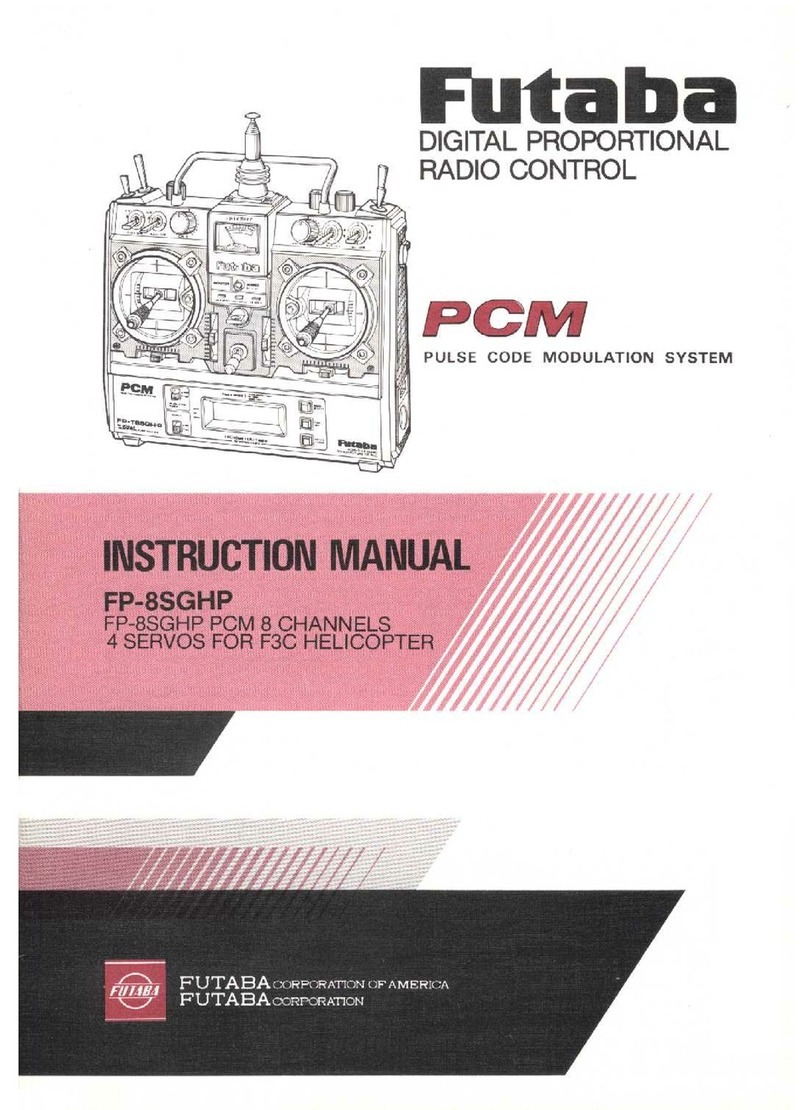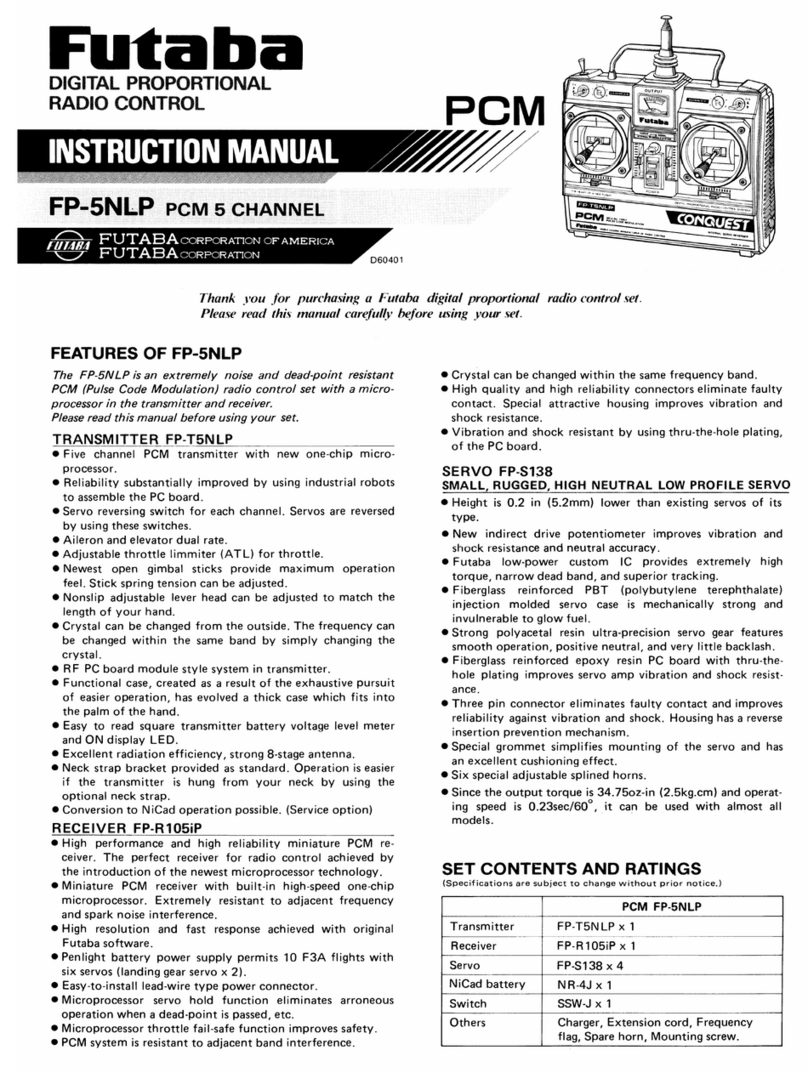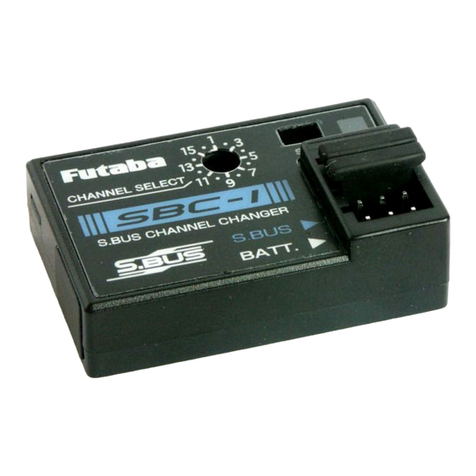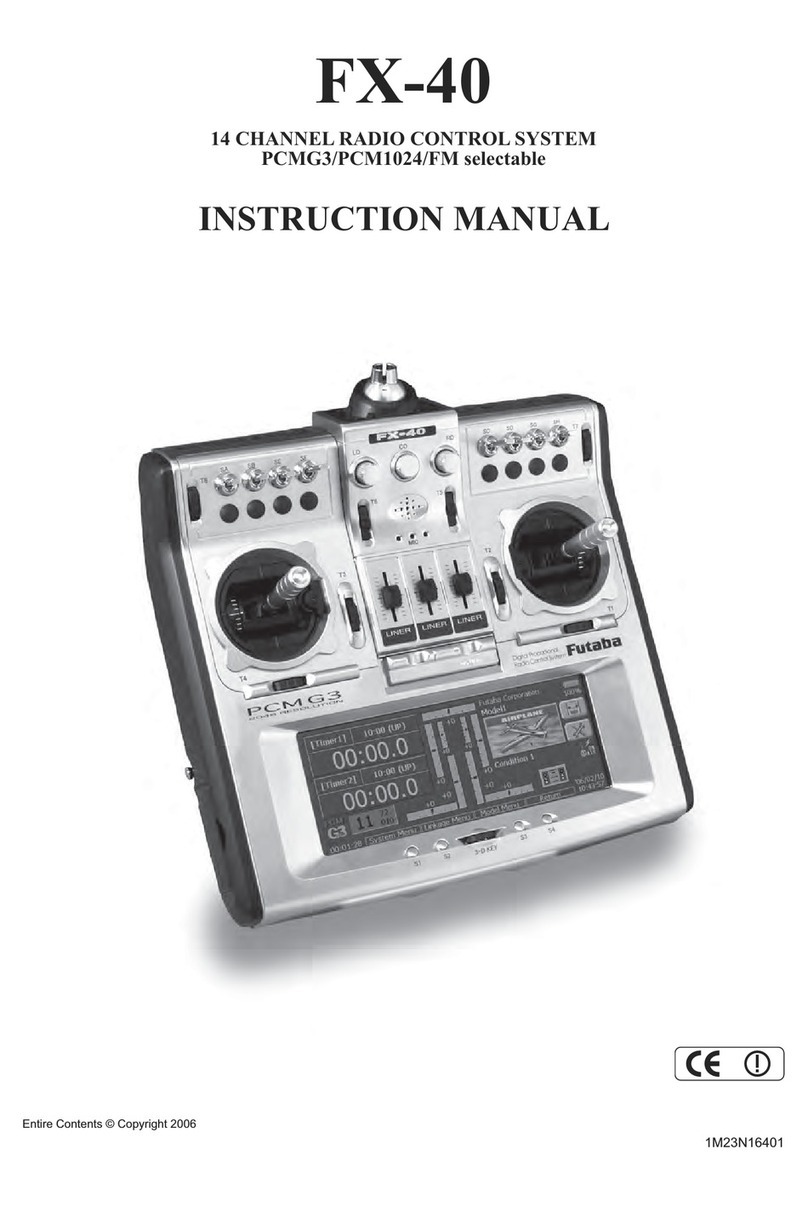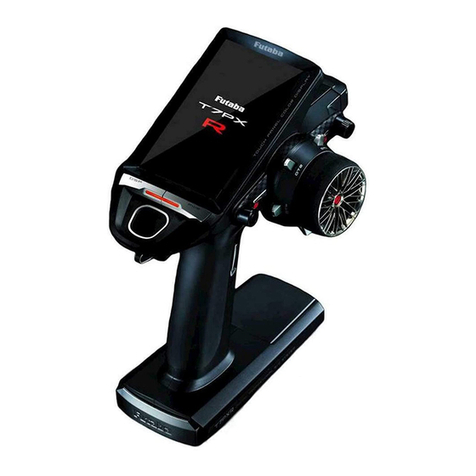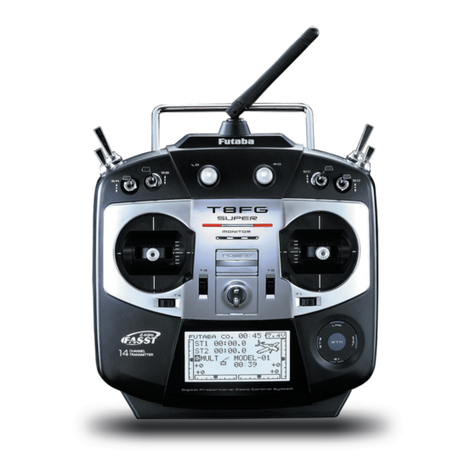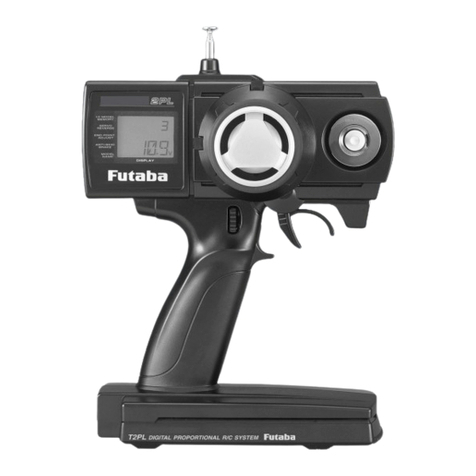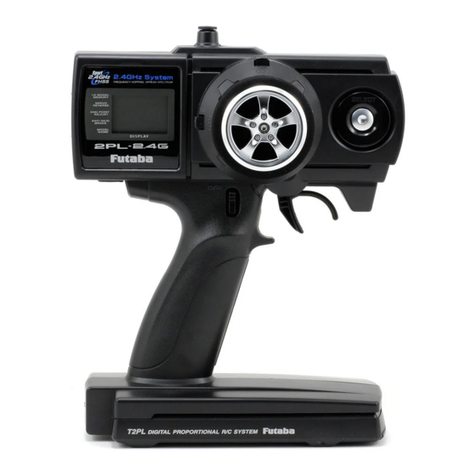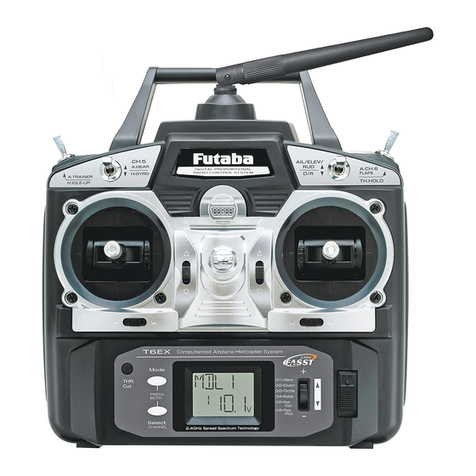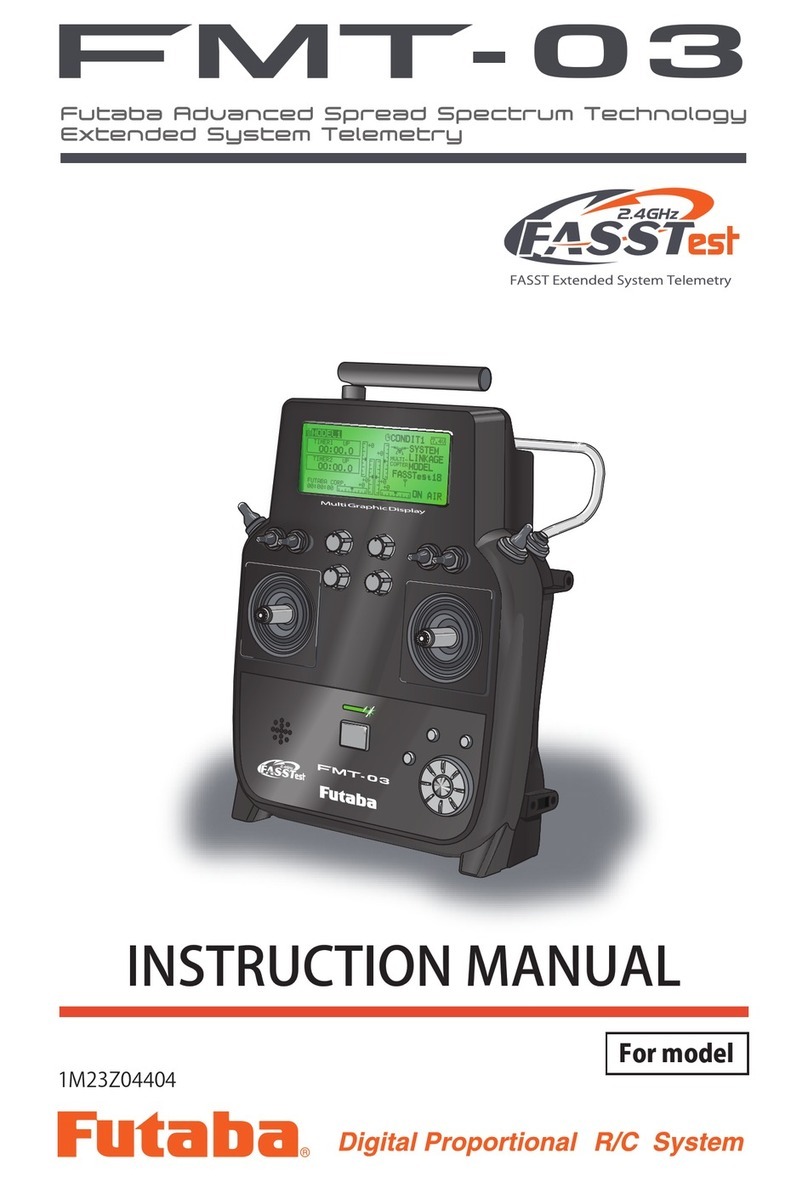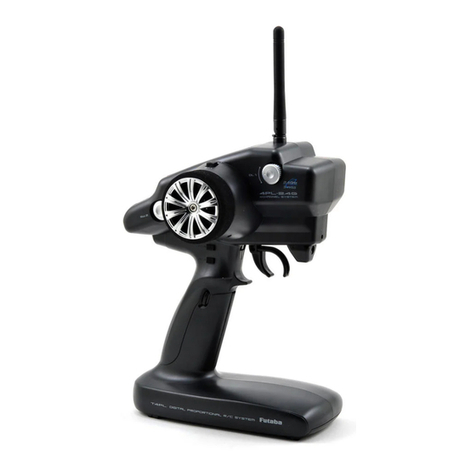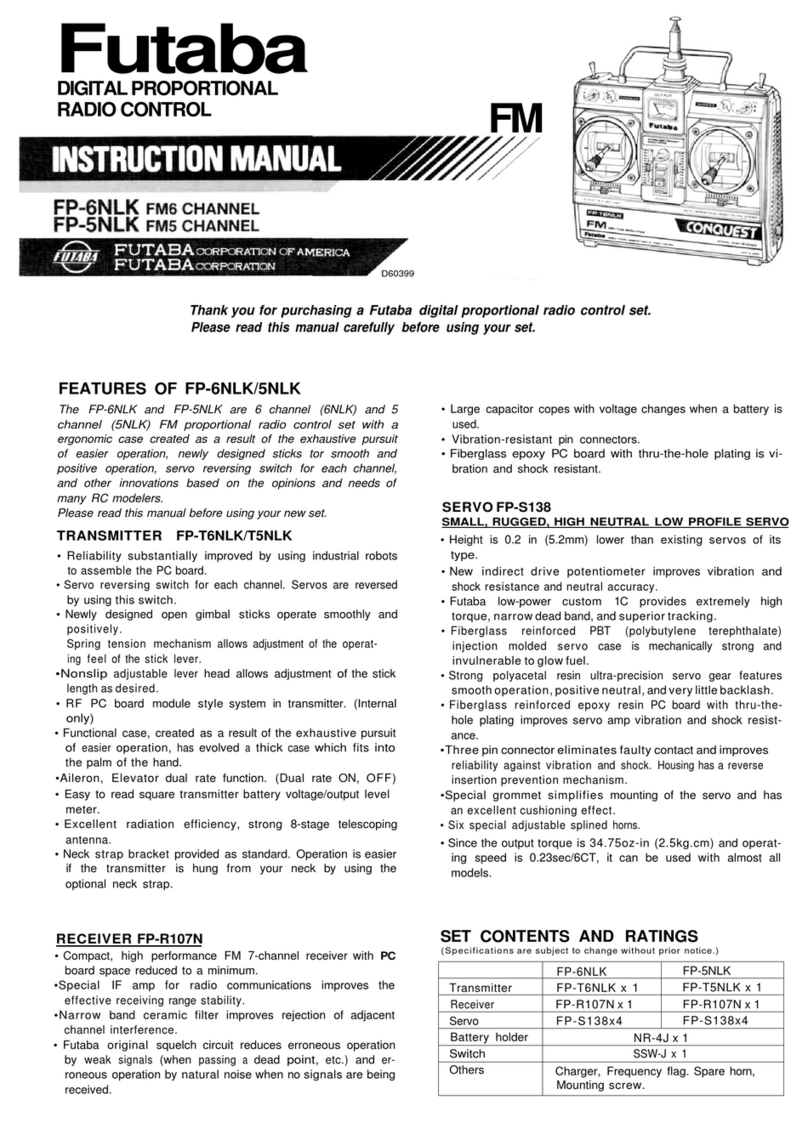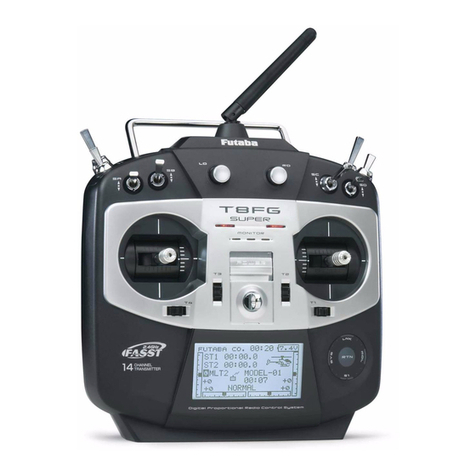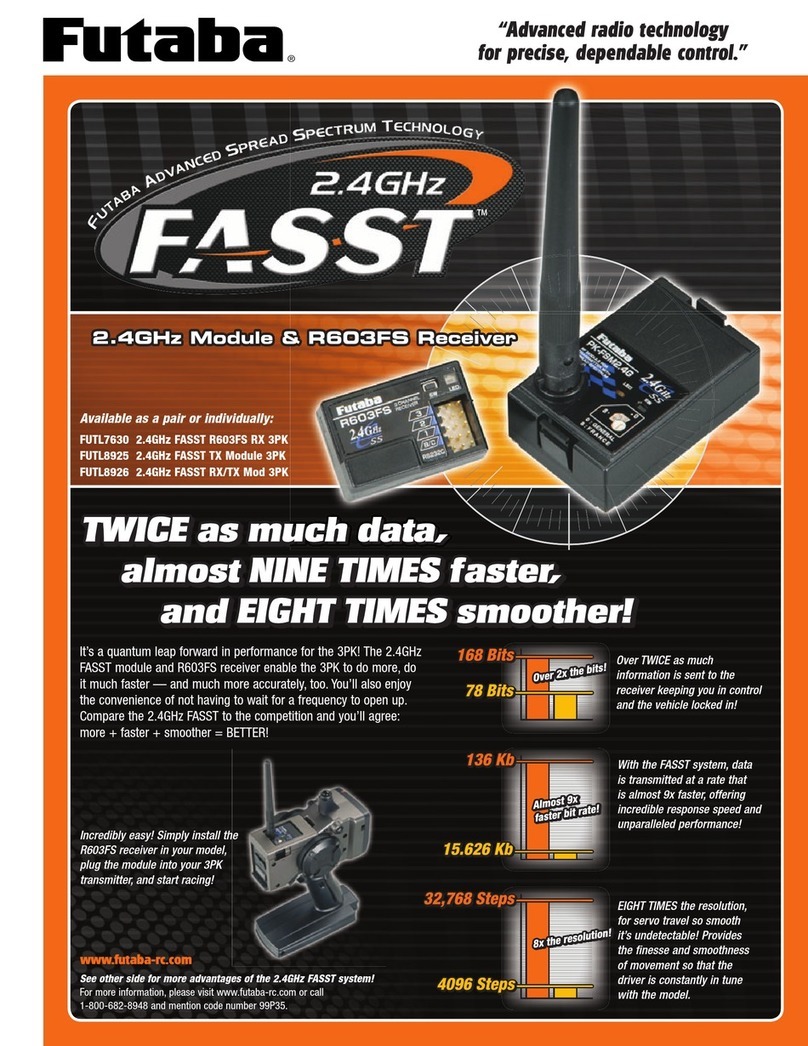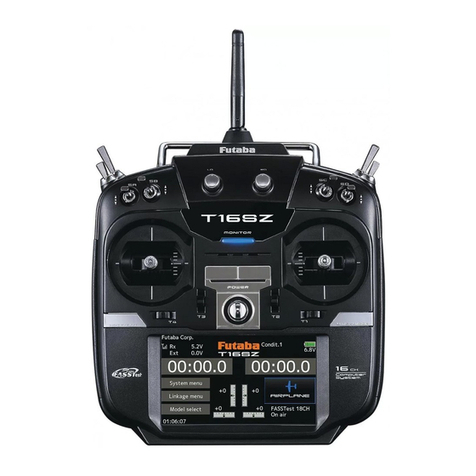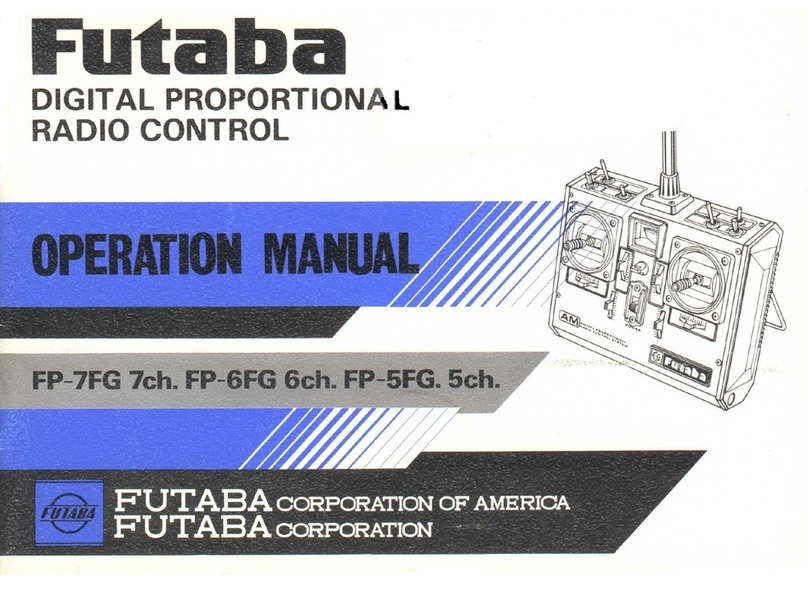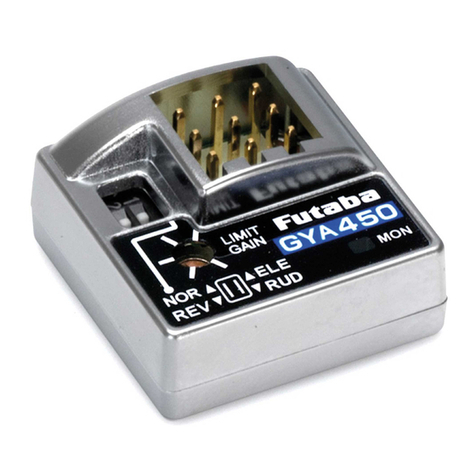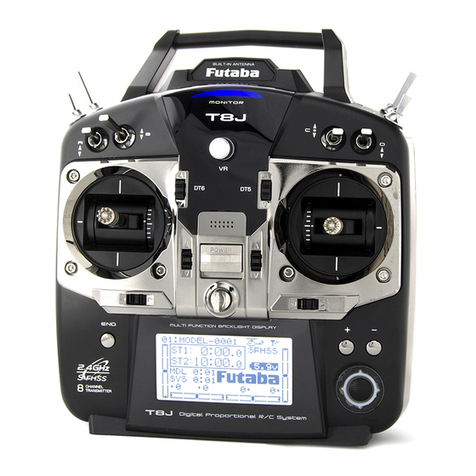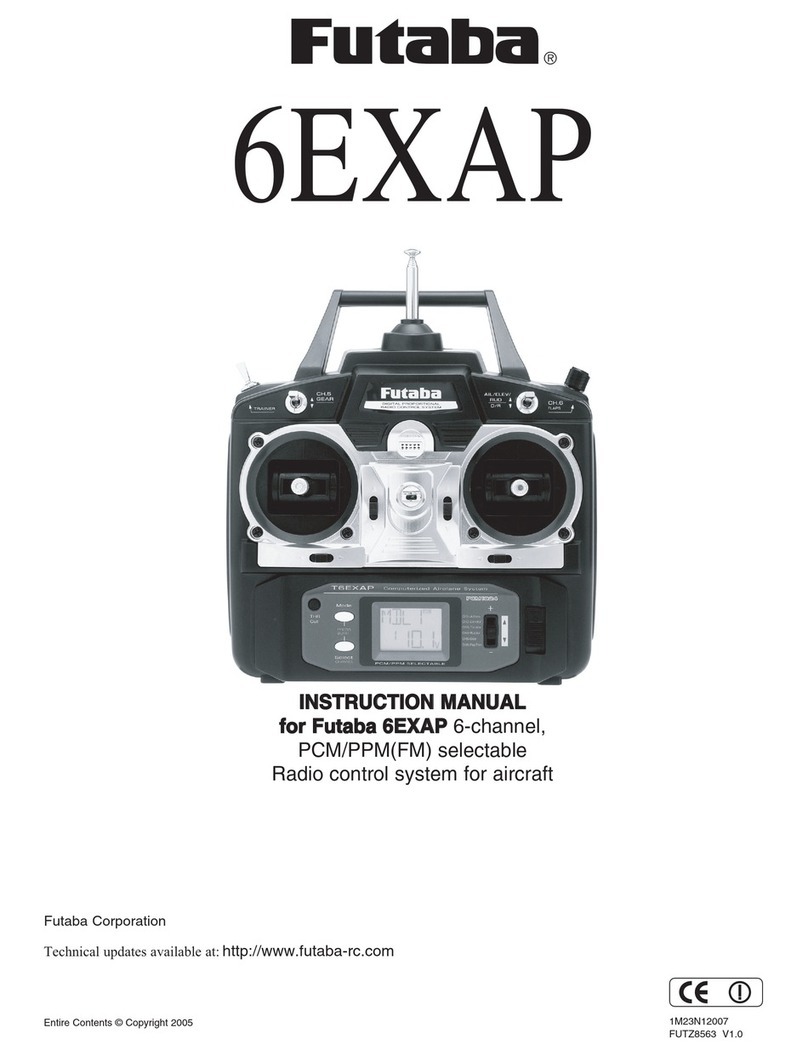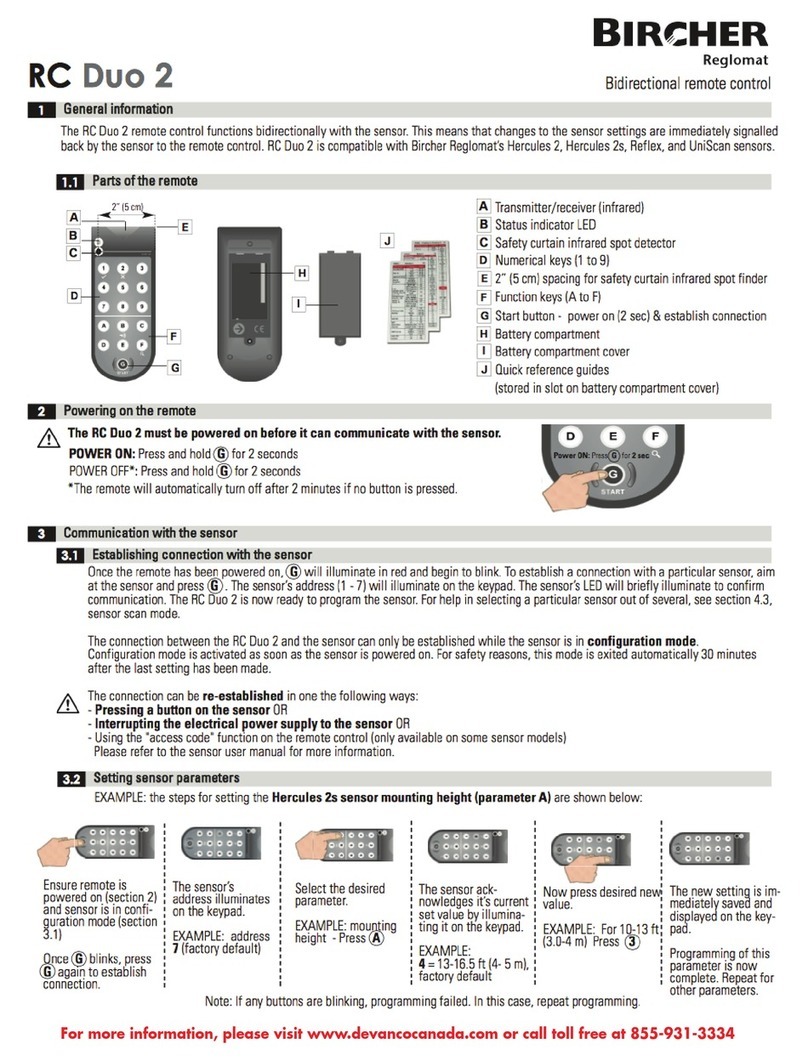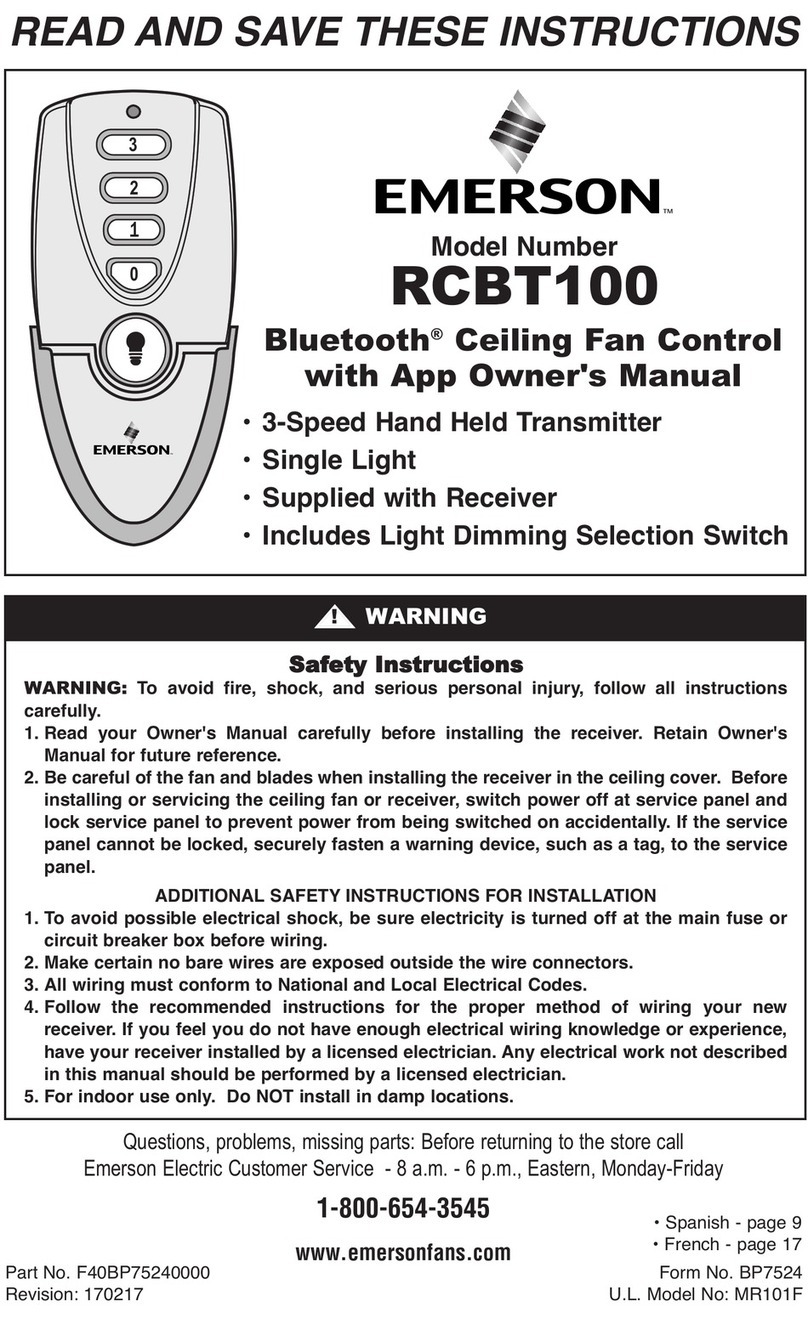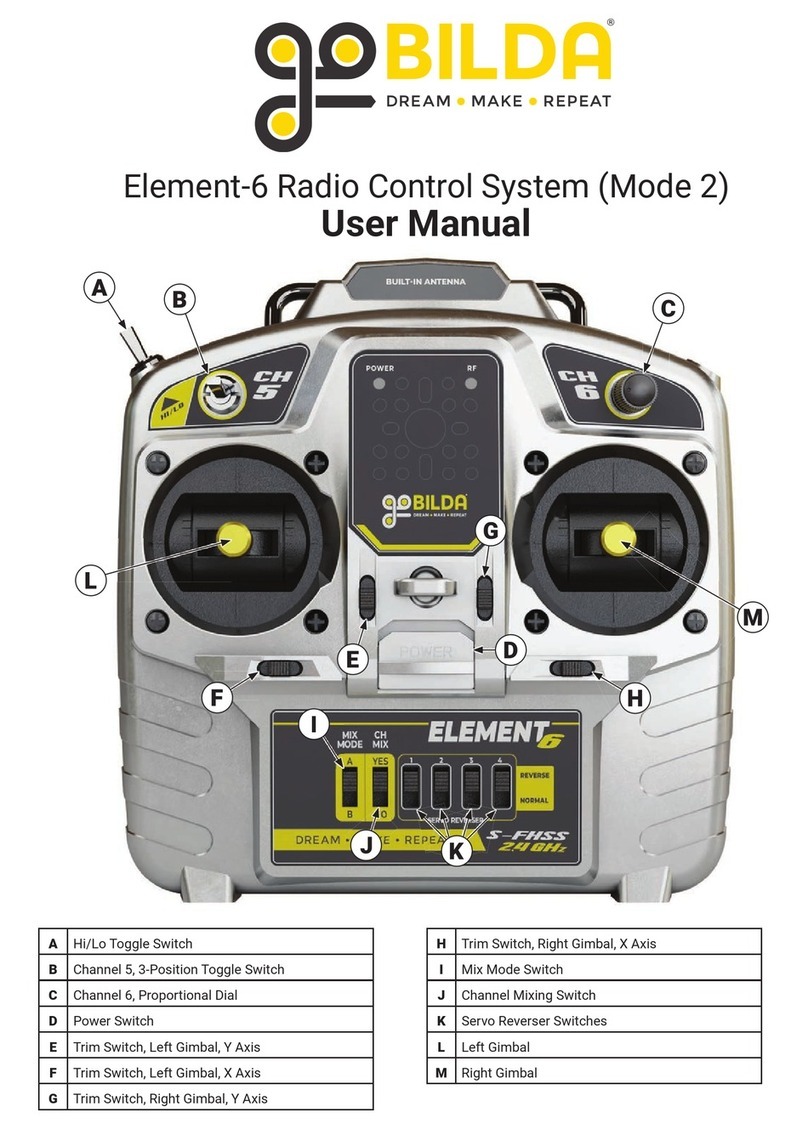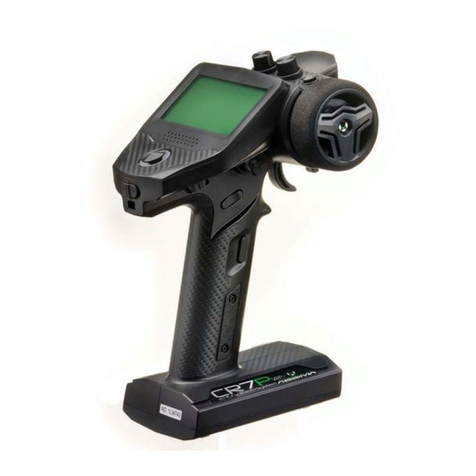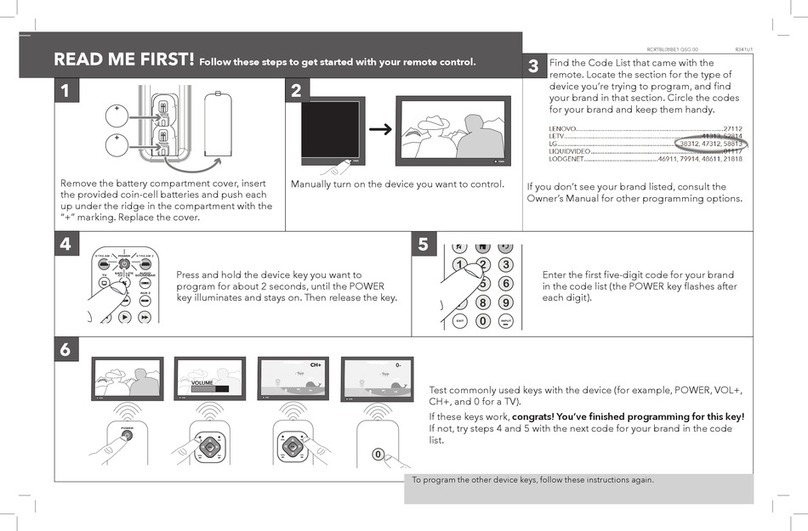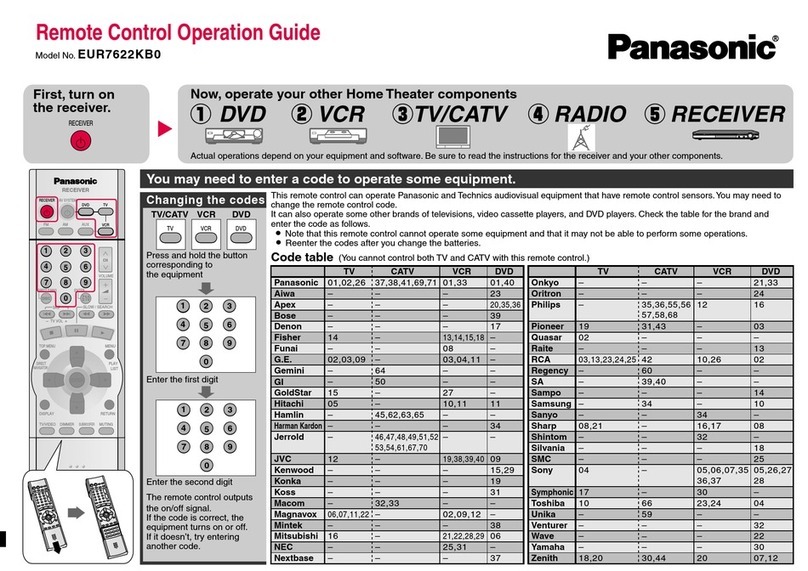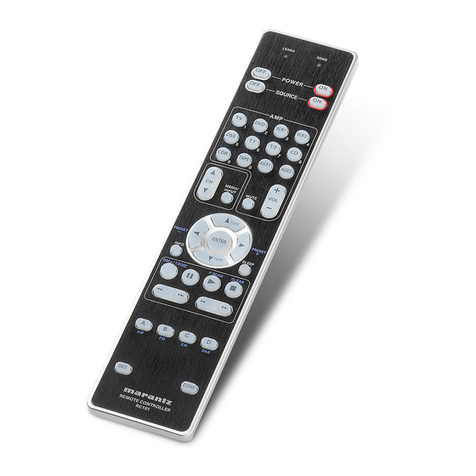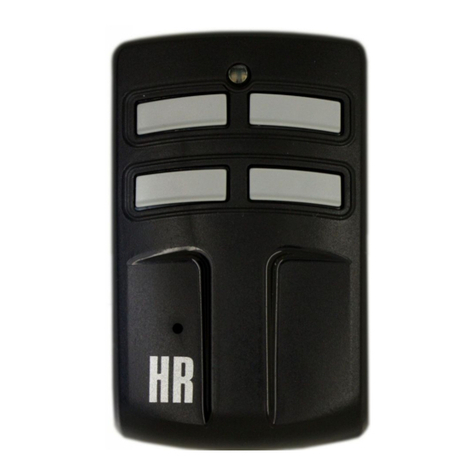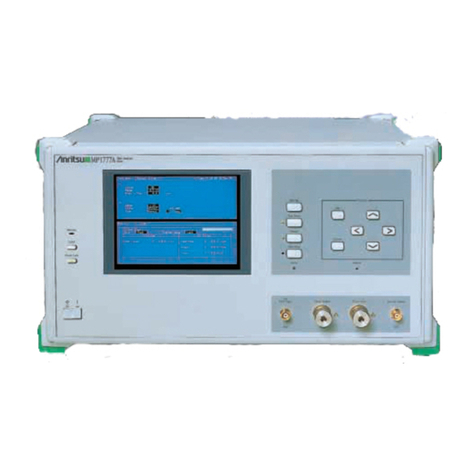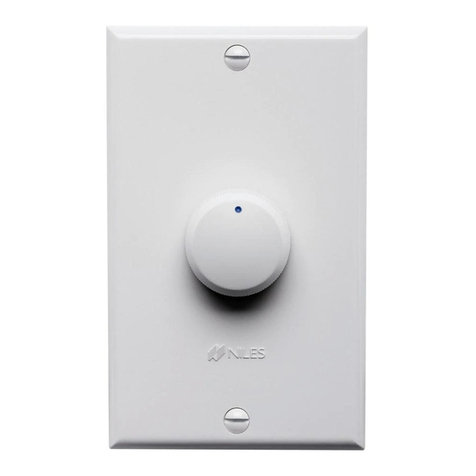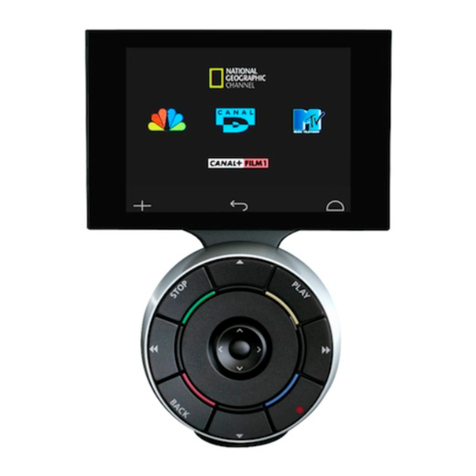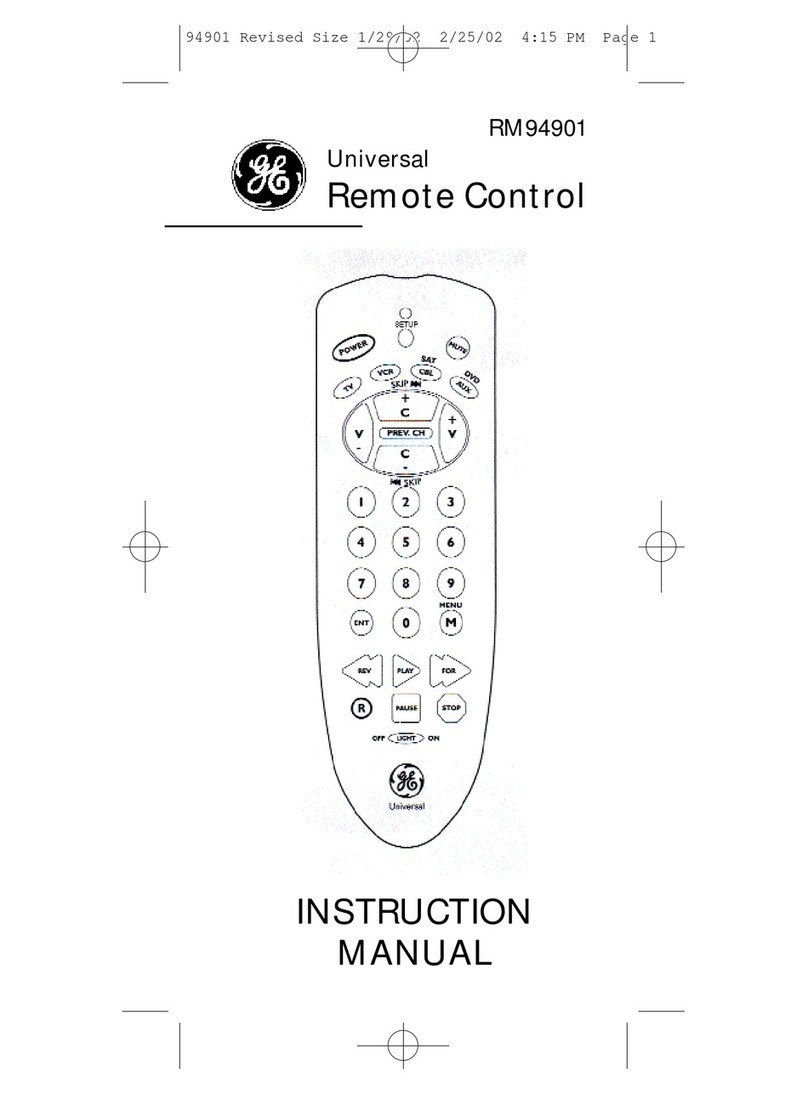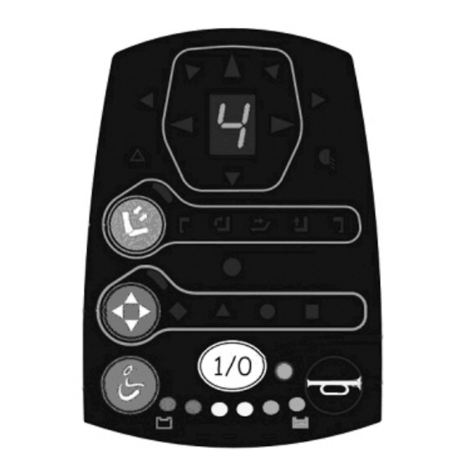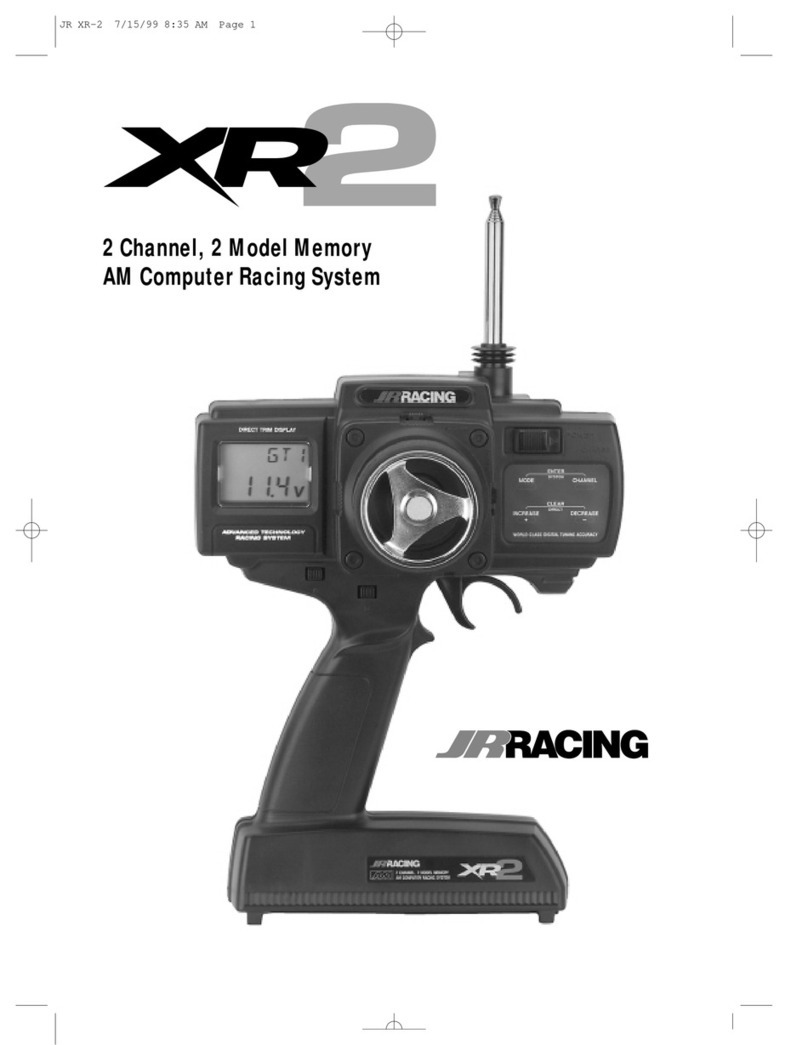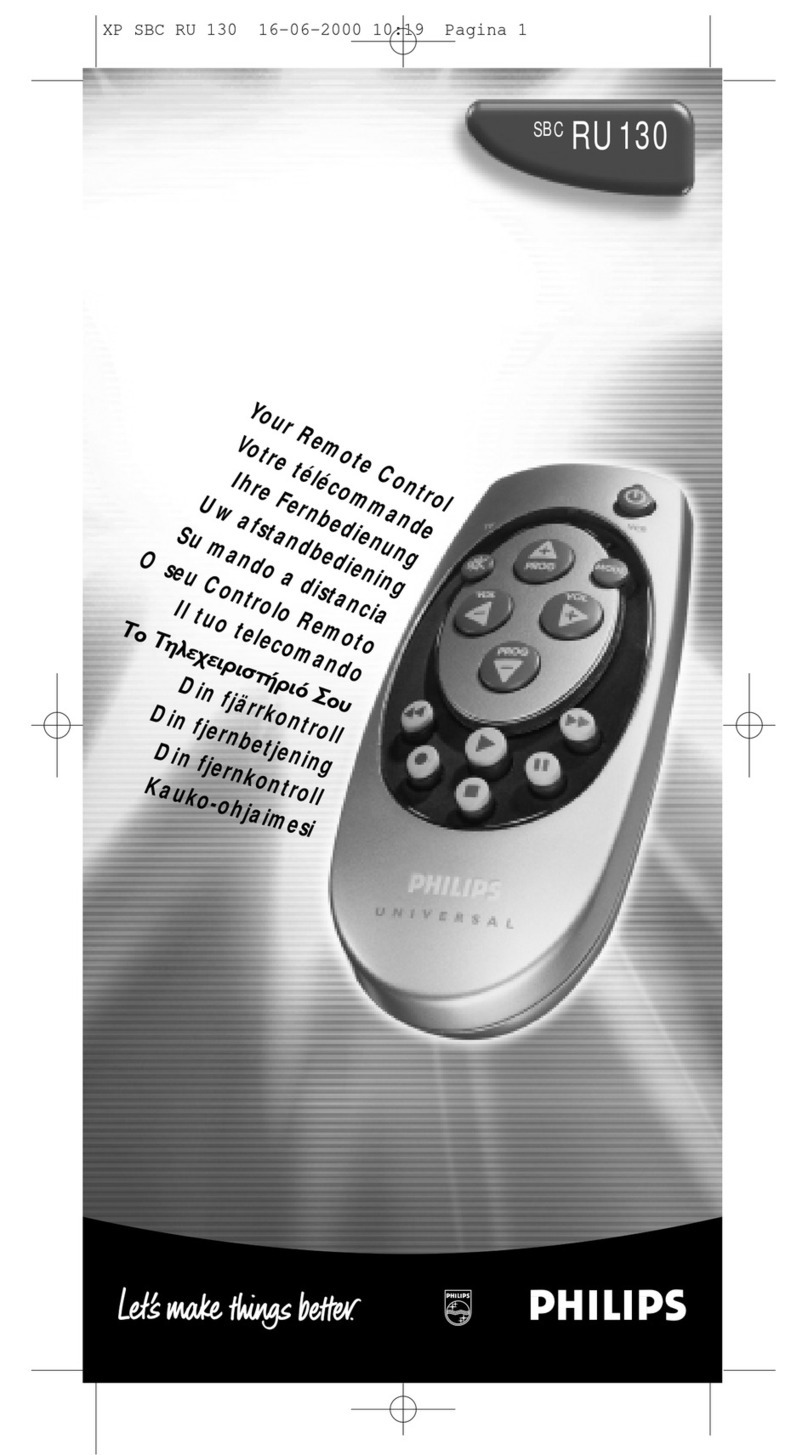INTRODUCTION
Thank you for purchasing the Futaba®6EXA digital proportional R/C aircraft system. If this is your first “computer”radio, rest
assured that it is designed to make initial setup and field-tuning of your airplane easier and more accurate than would be if
using a “non-computer”radio. Although this is a beginner or sport system with the requirements of those flyers in mind, in
order to make the best use of your Futaba 6EXA and to operate it safely, you must carefully read all of the instructions.
Suggestion: If, while reading the instructions, you are unclear of some of the procedures or functions and become “stuck,”
continue to read on anyway. Often, the function or procedure will be explained again later in a different way providing another
perspective from which to understand it. Another suggestion is to connect the battery, switch and servos to the receiver and
actually operate the radio on your workbench as you make programming changes. Then, you’ll be able to see the effects of
your programming inputs.
2
Introduction..............................................................................2
Service.......................................................................................2
Contents and specifications...............................................3
Glossary.....................................................................................3
Introduction to the 6EXA system......................................4
Transmitter controls and descriptions.............................4
Radio installation ...................................................................5
Receiver and servo connections.......................................7
Charging the Ni-Cd batteries...............................................7
LCD and Programming controls..........................................8
Programming the T6EXA radio............................................9
Model select/Data reset ..................................................10
Servo reversing..................................................................10
Dual rates...........................................................................10
Exponentials.......................................................................11
End Point Adjustments.....................................................11
Trims ...................................................................................12
Programmable Mixer........................................................12
Pre programmed “wing”mixing......................................13
Flow chart ..........................................................................16
Other T6EXA functions.......................................................17
Trainer switch.....................................................................17
Flap control lever...............................................................17
Adjustable-length control sticks......................................18
Changing the stick mode.................................................18
Flying safety guidelines.....................................................18
Flight preparation.................................................................19
Frequency Chart....................................................................20
Futaba Accessories.............................................................20
Model Data Recording Sheets.........................................21
TABLE OF CONTENTS
This product is to be used for sport and recreational flying of radio-control models only. Futaba is
not responsible for the results of use of this product by the customer or for any alteration of this
product, including modification or incorporation into other devices by third parties. Modification will
void any warranty and is done at the owner’s risk.
Protect the environment by disposing of rechargeable batteries responsibly. Throwing rechargeable
batteries into the trash or municipal waste system is illegal in some areas. Call 1-800-8-BATTERY
for information about Ni-Cd battery recycling in your area.
SERVICE
If any difficulties are encountered while setting up or operating your system, please consult the instruction manual first.
For further assistance you may also refer to your hobby dealer, or contact the Futaba Service Center at the web site, fax
number or telephone number below: www.futaba-rc.com
Fax: (217) 398-7721
Telephone (8:00 am to 5:00 pm Central time Monday through Friday): (217) 398-8970, extension 2
If unable to resolve the problem, pack the system in its original container with a note enclosed and a thorough,accurate
description of the problem(s). Include the following in your note:
•Symptoms. •Any unusual mounting conditions.
•An inventory of items enclosed. •The items that require repair.
•Your name, address, and telephone number. •Include the warranty card if warranty service is requested.
Send your system to the authorized Futaba R/C Service Center at the address below:
Futaba Service Center
3002 N Apollo Drive Suite 1
Champaign, IL 61822
